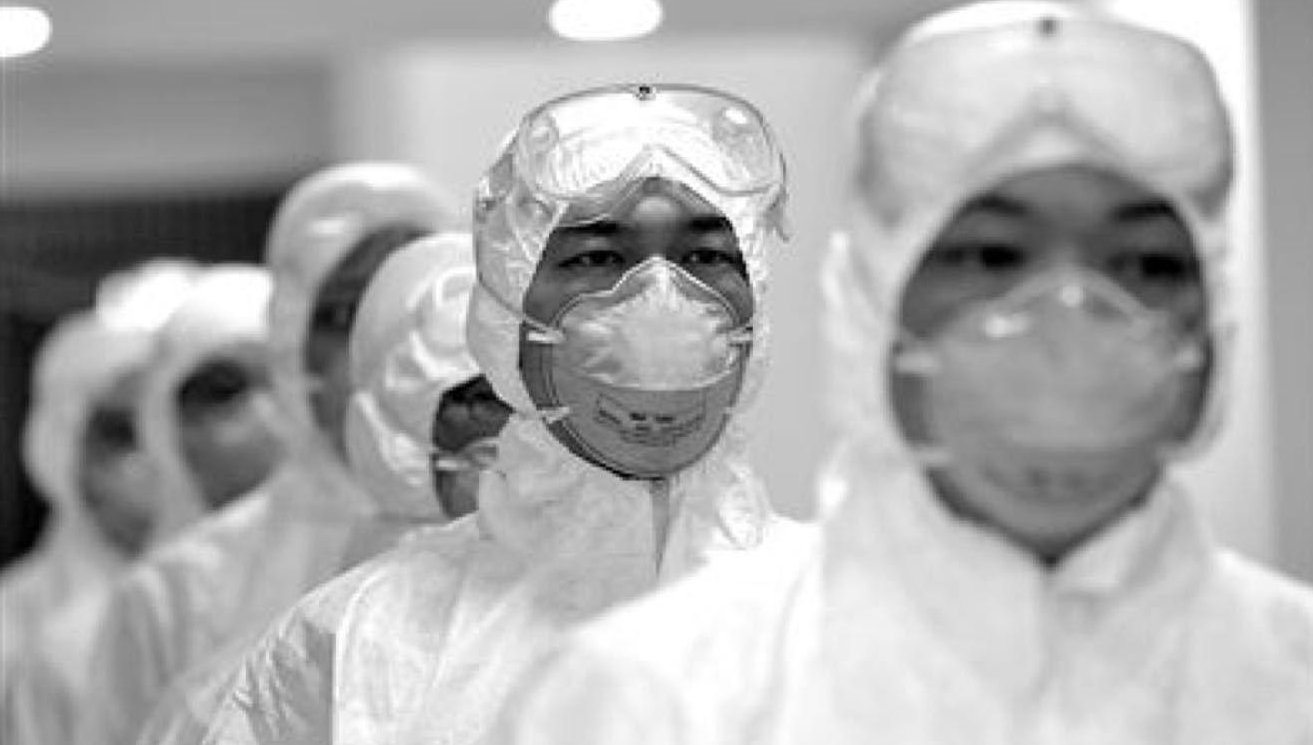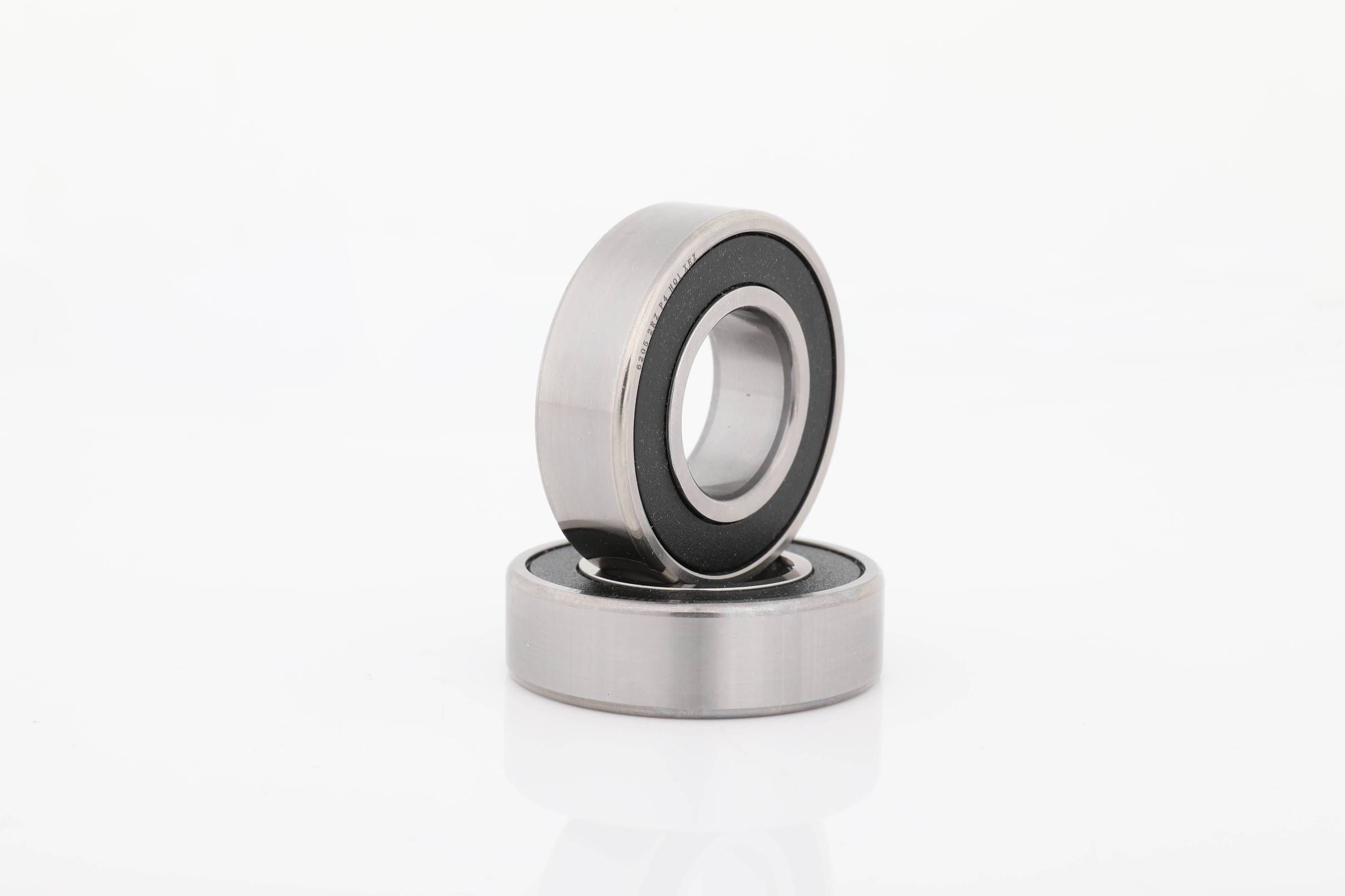 Phone : +86 - 18662869458
Phone : +86 - 18662869458
 E-mail : linda@no2bearing.com
E-mail : linda@no2bearing.com
During the epidemic period, how can the bearing world recover as soon as possible?

Like many industries, the world bearing industry has taken a big hit with the widespread spread of the Novel Coronavirus. Although experts previously generally believed that the global bearing industry must achieve growth in the next few years, the development of the global bearing industry came to a halt after the outbreak of the epidemic with the pace of the whole society.
According to a report by Fortune Business Insight, the global bearing market was valued at $39.46 billion in 2018 and the future looks bright. Before the new crown brought the world to a standstill, the bearing market was expected to grow by an average of 3.6 percent per year, bringing the market to $52.44 billion in 2026.
However, in the shadow of a possible global recession, other industries such as aerospace, automotive, mining, construction and manufacturing will bring various obstacles to the recovery of the bearing industry. One thing is certain, this recovery of the global bearing industry will not be easy.
But it should also be noted that Oxford Economics suggests that the trend of steady global GDP growth should continue in the long term as the world recovers from the 2008 global financial crisis.

Future
We should see that although some segments of the industry saw revenues decline by more than 40% to 50%, the overall market for bearing manufacturing and distribution declined by only 20% to 25% during the period of global quarantine due to the outbreak and various restrictions on social activities.
Even better news is that the data show that demand in the bearing industry has almost returned to pre-blockade levels, especially in the distributor market.
Although Novel Coronavirus has seriously disrupted the industry and the market, new business opportunities are emerging following its wide spread. A good sign is that new and various small bearing and power transmission companies are being set up, which is a clear sign of confidence in the rapid recovery and future potential of the bearing industry.
Compared with the obvious response of the distributor market, the local governments have and will take measures related to the epidemic and the revitalization of the economy and regulations will have a greater impact on the recovery and development of the bearing manufacturing industry. Since there is a great deal of uncertainty at this point, we cannot be sure whether the future growth of bearing manufacturers will be reliable.
To see the direction of the bearing industry clearly, we should not only consider the overall situation of the bearing industry as a whole, but also consider the unique situation of specific industries, including the current chaos and future prospects. For example, the continuing turmoil and change in the automotive manufacturing industry, which began before the new crown spread widely, is likely to have a significant impact on certain bearing types. As more countries introduce carbon-free policies to address growing concerns about climate change, companies are paying more attention to the manufacture of electric vehicles. Because electric cars require fewer friction-resistant parts, this leads to less demand for the machine tool parts that need to be processed to make them.
In contrast to the automotive industry, there are other industries worldwide, such as food processing, agriculture, maintenance, medical equipment, electrical equipment and robotics, whose demand is expected to increase substantially, thus contributing to the maintenance of the development of the bearing industry.
Although the current expectations for the growth prospects of the world bearing market are not as high as before the widespread spread of the virus, the first signs of recovery in the world economy and industry have already marked the beginning of a new era, so we expect the situation of the bearing industry to change rapidly. In the future, manufacturers will need to focus on developing more customized bearings and small-batch, high-profit products according to the changing market landscape and new consumer demand trends.
For some time after the virus is over, world economic growth will continue because of the need to continue to develop their own infrastructure. Demand for construction, energy and industrial equipment will continue to increase in parts of the Asia-Pacific, such as China, Indonesia, Vietnam, India and Thailand. For example, the rapid development in the field of renewable energy will drive the increasing demand for roller bearings. Asia Pacific energy sector component demand increased slightly during the virus period compared to 2019, while waterborne transportation and other Marine and aquatic industries remained essentially unchanged.
As a more mature industry foundation has been built, North America and Europe will continue to contribute to the further development and growth of the world economy and the bearing industry. Drived by digitalization, these regions will see increased investment in bespoke solutions and related products and industries for high technology and equipment. Our main expectation for European and North American companies is that they will move from the efficiency-focused systems that existed before the New Cap became widespread to ones centered on resilience. The biggest result of the shift to a resilient resilience centered system will be to restore and further optimize the supply chain, and to adopt a more prudent strategy on how to globalize in the future, and pay more attention to risk prevention and control and response.



